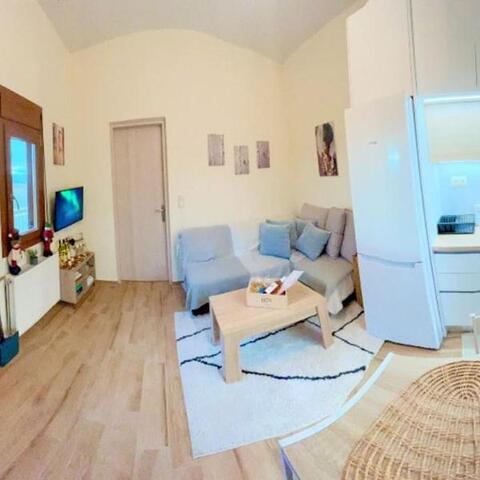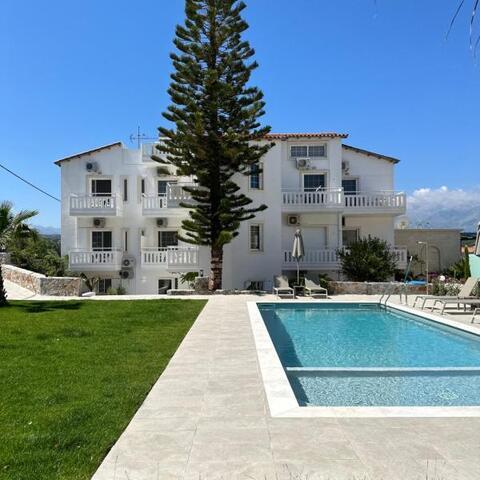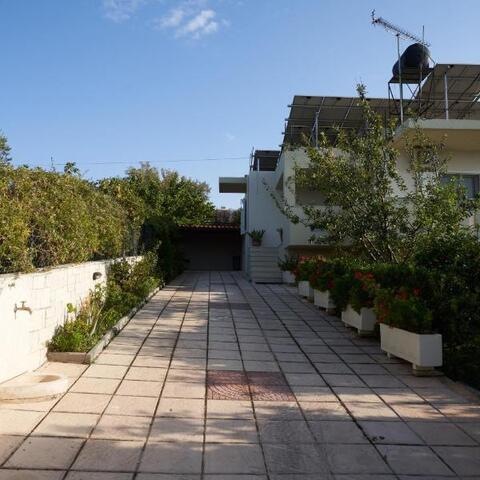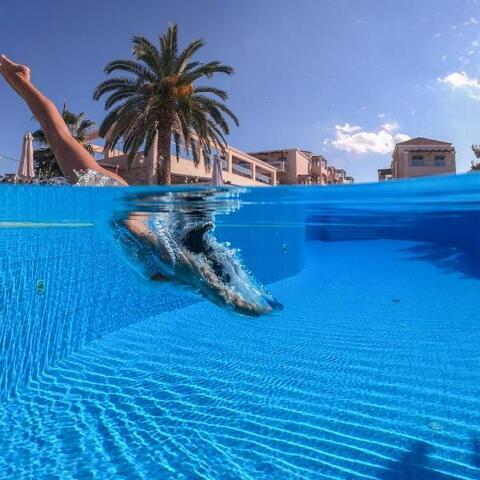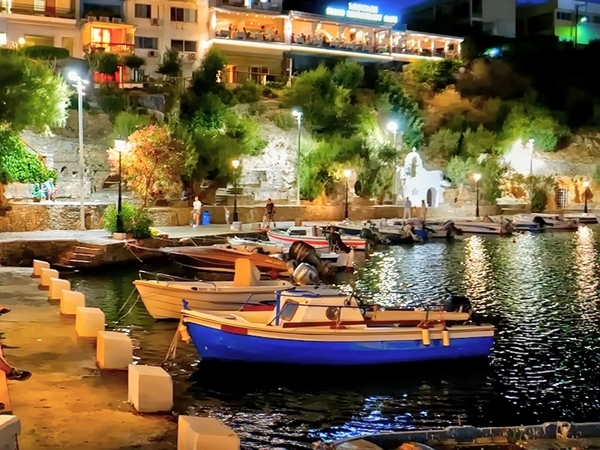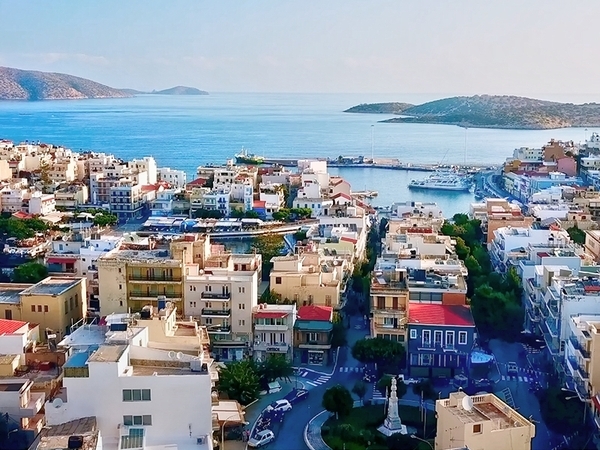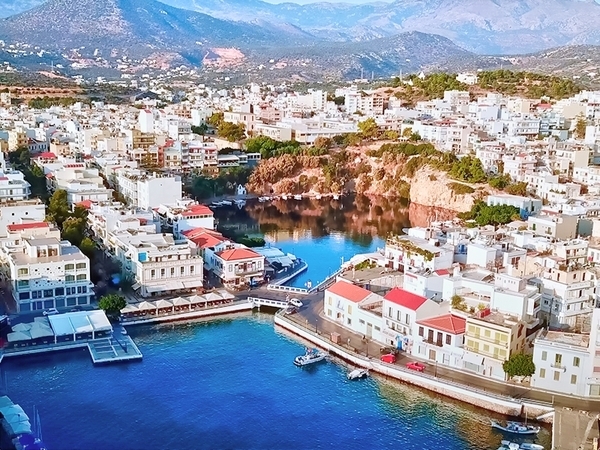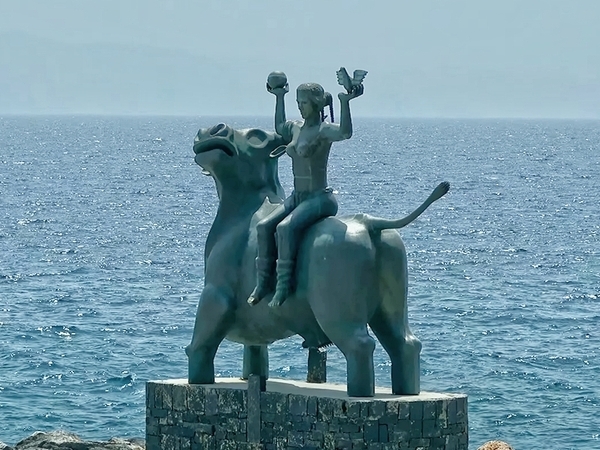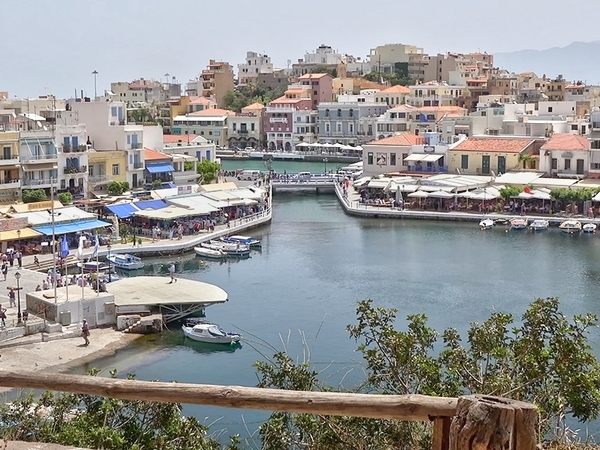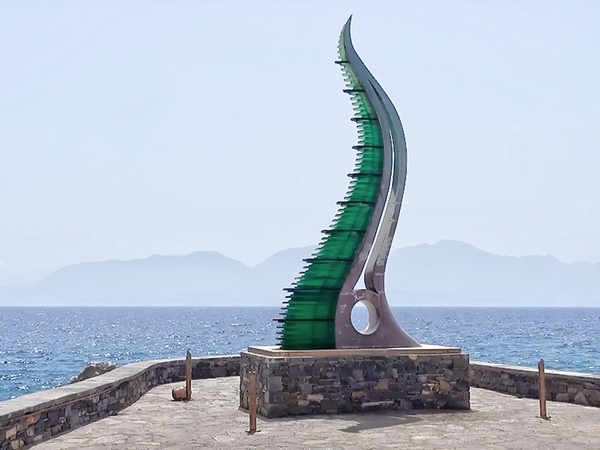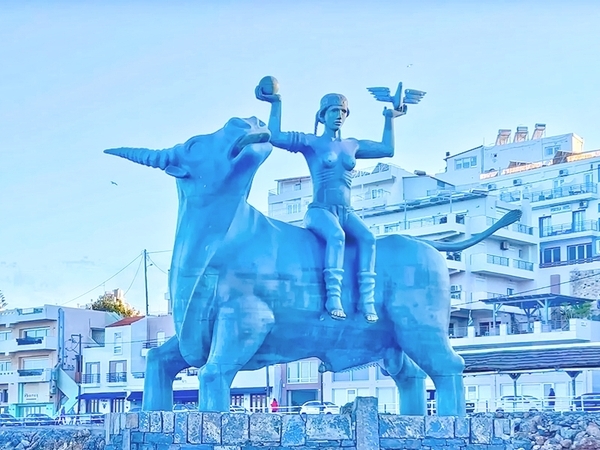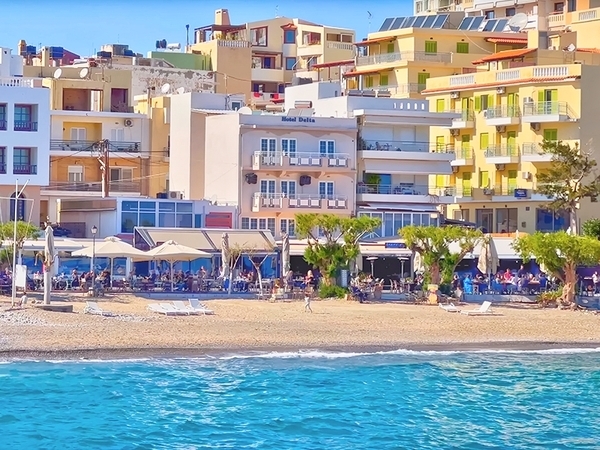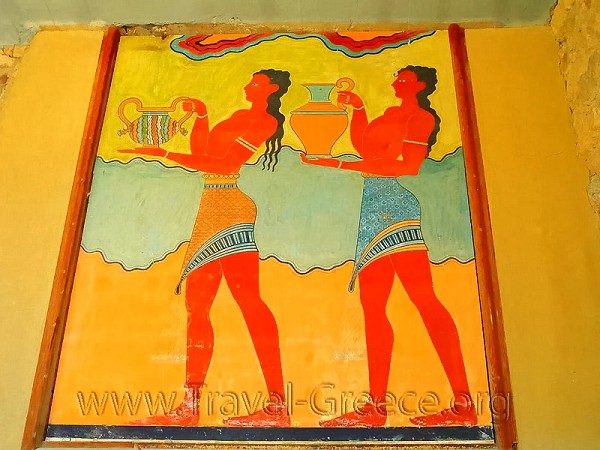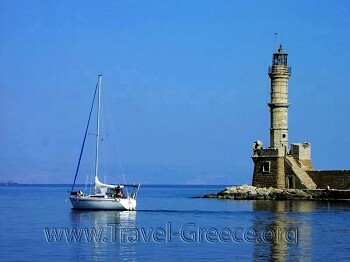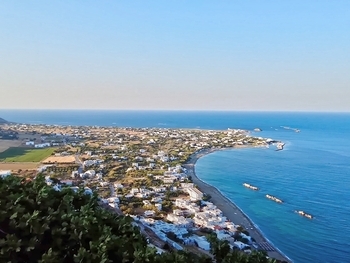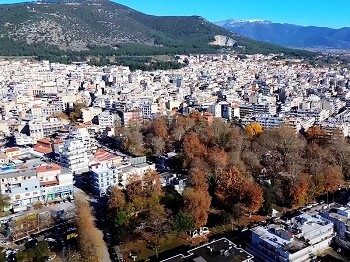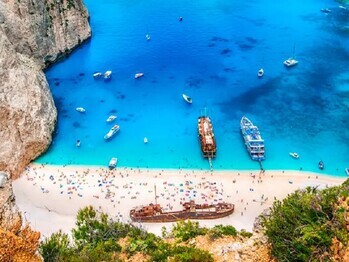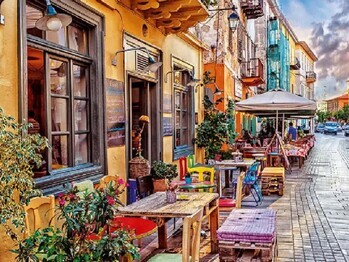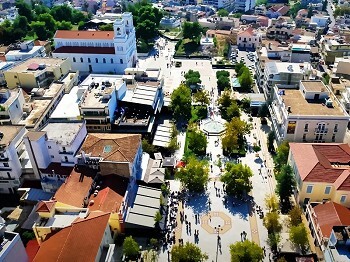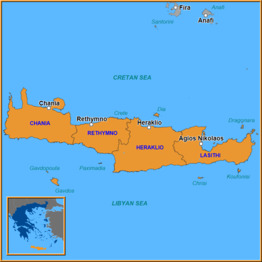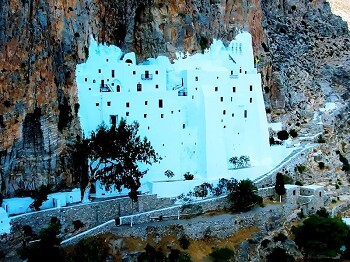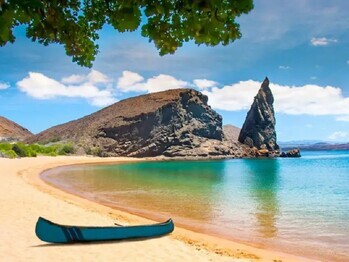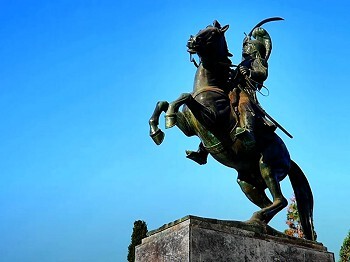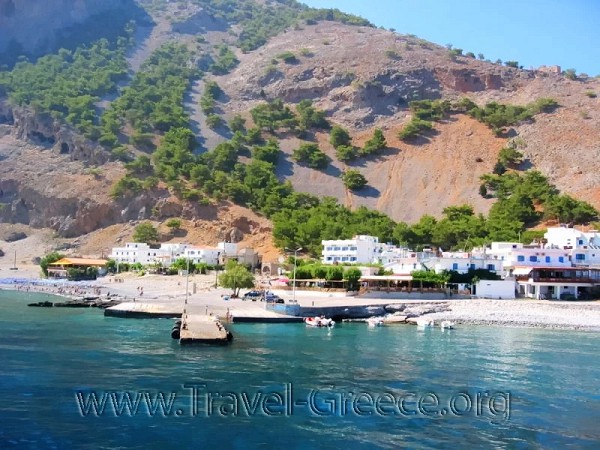
Nestled in the embrace of the Aegean Sea, the mystical island of Crete, known as 'Κρήτη' in Greek, beckons travelers to unearth its secrets. Just a stone's throw away from Athens, the heart of Greece, lies this enchanting land boasting a tapestry woven with history, culture, and breathtaking landscapes.
We suggest for your stay:
Still Looking for the Perfect Stay?
The Allure of Crete: Where Time Stands Still
Distance from Athens
Located about 230 kilometers southeast of Athens, Crete stands as Greece's largest island, effortlessly blending myth, legend, and modernity.
Cities, Towns, and Villages
Chania
Immerse yourself in the Old Venetian Harbor, a postcard-perfect destination steeped in history.
Discover the vibrant mix of cultures at the bustling market of Agora.
Heraklion
Unravel the secrets of Minoan civilization at the awe-inspiring Palace of Knossos.
Traverse the lanes of Heraklion's old town, pulsating with life and local charm.
Rethymnon
Lose yourself in the medieval charm of Rethymnon's Old Town, a labyrinth of narrow streets and Venetian architecture.
Bask in the glory of the Fortezza, a formidable fortress overlooking the azure sea.
Must-Do Experiences
Natural Wonders
Trek through the Samaria Gorge, a hiker's paradise offering unparalleled vistas and adrenaline rushes.
Marvel at the crystalline waters and pink sand of Elafonissi Beach, a surreal slice of paradise.
Cultural Delights
Indulge in authentic Cretan cuisine, from savory moussaka to delectable dakos, each bite a celebration of flavors.
Delve into the local lifestyle at traditional villages like Archanes, where time seems to stand still.
Historic Landmarks
Wander through the labyrinthine corridors of the Arkadi Monastery, echoing with tales of heroism and resilience.
Explore the ancient city of Phaistos, an archaeological treasure trove preserving the echoes of an illustrious past.
Practical Travel Tips
Getting Around
Opt for a rental car to explore Crete at your own pace, uncovering hidden gems tucked away in remote corners.
Embrace the local transportation system, offering convenient access to major towns and attractions.
Accommodation
Choose from a myriad of accommodations, ranging from luxurious beachfront resorts to cozy guesthouses immersed in traditional ambiance.
Experience Cretan hospitality firsthand by staying at family-run guesthouses, where warmth and authenticity greet you at every turn.
Best Time to Visit
Spring (April to June) and Autumn (September to October) offer pleasant weather, fewer crowds, and an ideal climate for exploration.
Summer (July to August) welcomes sun-seekers and beach enthusiasts, though with increased tourist footfall.
Embrace the Essence of Crete
Unveil the essence of Crete, where the past converges with the present, weaving a tale that resonates through time. Whether you're drawn by history's whispers, nature's embrace, or the vivacity of its people, Crete casts an irresistible spell that lingers in your heart long after you depart its shores. Come, embark on a journey that transcends boundaries and discover the allure of this timeless marvel in the cradle of Greek civilization.
